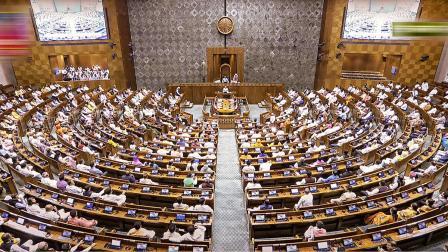In a groundbreaking move, the Indian government introduced a Constitutional Amendment Bill on September 19, aimed at reserving one-third of seats in the Lok Sabha (the lower house of Parliament) and State Assemblies for women. This significant development comes after 27 years of discussions and debates among political parties, as they struggled to reach a consensus on this important issue.
Named the “Nari Shakti Vandan Adhiniyam,” the bill marks the first legislation to be introduced in the new Parliament building. The government believes that this initiative will foster greater participation of women in policy-making at both the state and national levels. It aligns with the nation’s aspiration to become a developed country by the year 2047.
Unlike previous attempts where regional parties had opposed the bill, this time, it is expected to have a smoother passage through the legislative process. However, its implementation will not be immediate and is unlikely to be in effect for the next Lok Sabha elections in 2024. The reservation will only come into force after a delimitation exercise is completed.
Speaking in the Lok Sabha, Prime Minister Narendra Modi stated that the Union Cabinet had approved the bill on Monday, emphasizing the government’s desire for more women to be actively involved in the country’s development process. He highlighted the global recognition of the contributions made by Indian women in various fields, from sports to startups.
The bill proposes a 15-year reservation period and includes a quota for Scheduled Castes and Scheduled Tribes (SC/STs) within the reserved seats for women. The Constitution (One Hundred and Twenty Eighth Amendment) Bill, 2023, was listed for introduction in the Lower House through a supplementary list of business.
The government pointed out that while women substantially participate in panchayats (local self-governance bodies) and municipal bodies, their representation in State Assemblies and Parliament remains limited. It believes that women bring unique perspectives and enrich the quality of legislative debates and decision-making.
Efforts to introduce a women’s reservation bill in the Lok Sabha and State Legislative Assemblies have been ongoing since 1996. The most recent attempt was made in 2010 when the Rajya Sabha (the upper house of Parliament) passed a similar bill, but it could not garner enough support to pass in the Lok Sabha.
Data reveals that women currently make up nearly 15% of the Lok Sabha’s membership, while their representation is below 10% in many State Assemblies. This constitutional amendment aims to bridge this gap and empower women to play a more active role in shaping India’s future.


